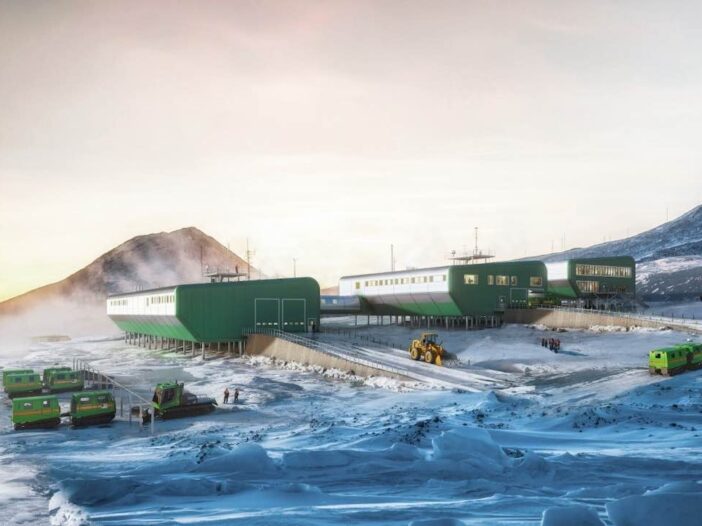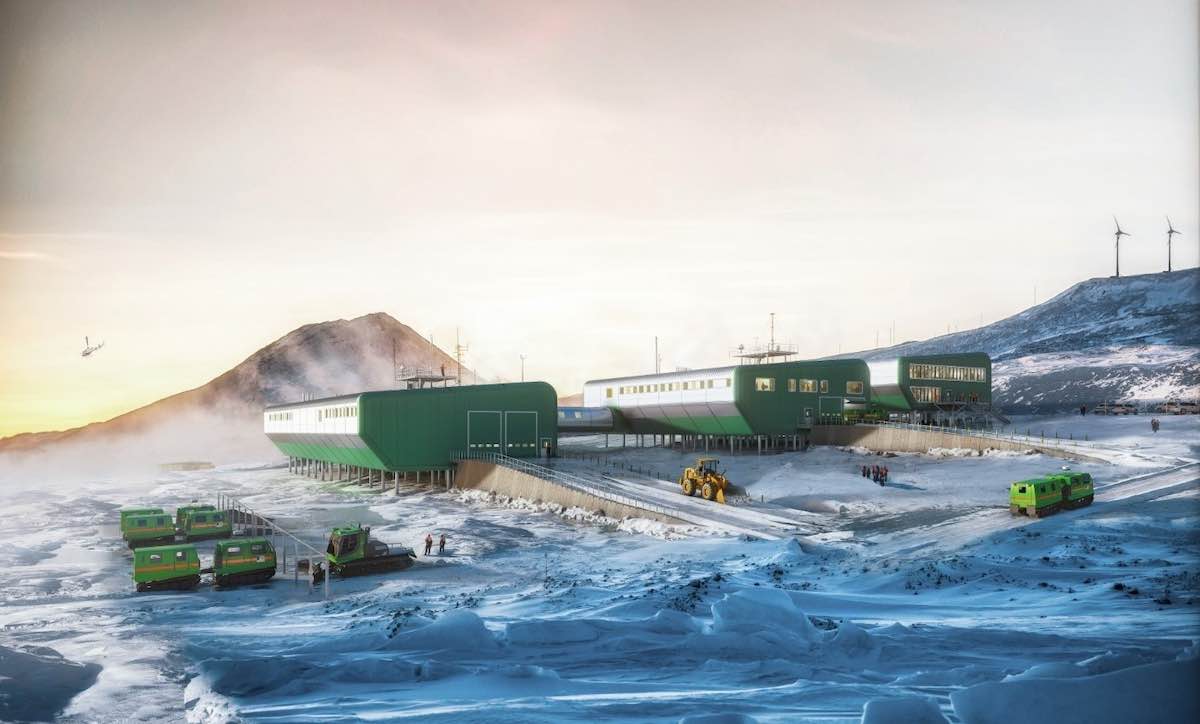
Three state-of-the-art wind turbines are set to be installed at New Zealand’s only Antarctic research station, Scott Base, and will power the facility with over 90% renewable energy.
Antarctica New Zealand have announced plans to install three new 1MW wind turbines. Set to be delivered during the Antarctic Summer of 2023/24, the three turbines will replace existing turbines that supply renewable energy to Scott Base and the neighbouring McMurdo Station.
Manufactured by sub-MW wind turbine specialist EWT, the 1MW wind turbines will replace three existing 300kW turbines and will be connected to a microgrid supplying the two Antarctic research stations.
The new wind turbines are part of an extensive upgrade program which also includes the installation of a new battery energy storage system, upgrade of the high voltage network, and the replacement of diesel generators.
Unsurprisingly, not just any turbine will suffice in the harsh conditions at Scott Base, which sees annual average temperatures of -19.5°C, and temperatures capable of dropping to -58.8°C and only managing to eke above freezing to 4.5°C.
EWT’s wind turbines are capable of operating until the temperature plummets to -40°C while taking advantage of the strong wind conditions.

The three turbines will be delivered to Ross Island during this year’s Antarctic Summer. Installation of the first turbine is expected to be completed in November/December 2024, while the other two will be installed just over a year later in January/February 2026.
Upgrades to the energy system are expected to be completed ahead of full operation of the new Scott Base in 2028.
“The Ross Island Wind Energy system reduces the carbon footprint of New Zealand’s Antarctic operations, as well as the environmental risks associated with transporting diesel fuel to Antarctica,” said Sarah Williamson, chief executive of Antarctica New Zealand.
“One of the new turbines will generate almost as much power as the three current ones combined and, together with a battery storage system, will provide more than 90% of the electrical demand of the new Scott Base per year.”

